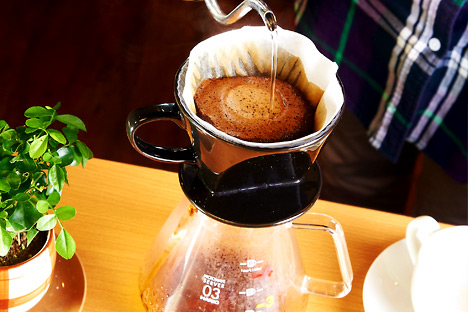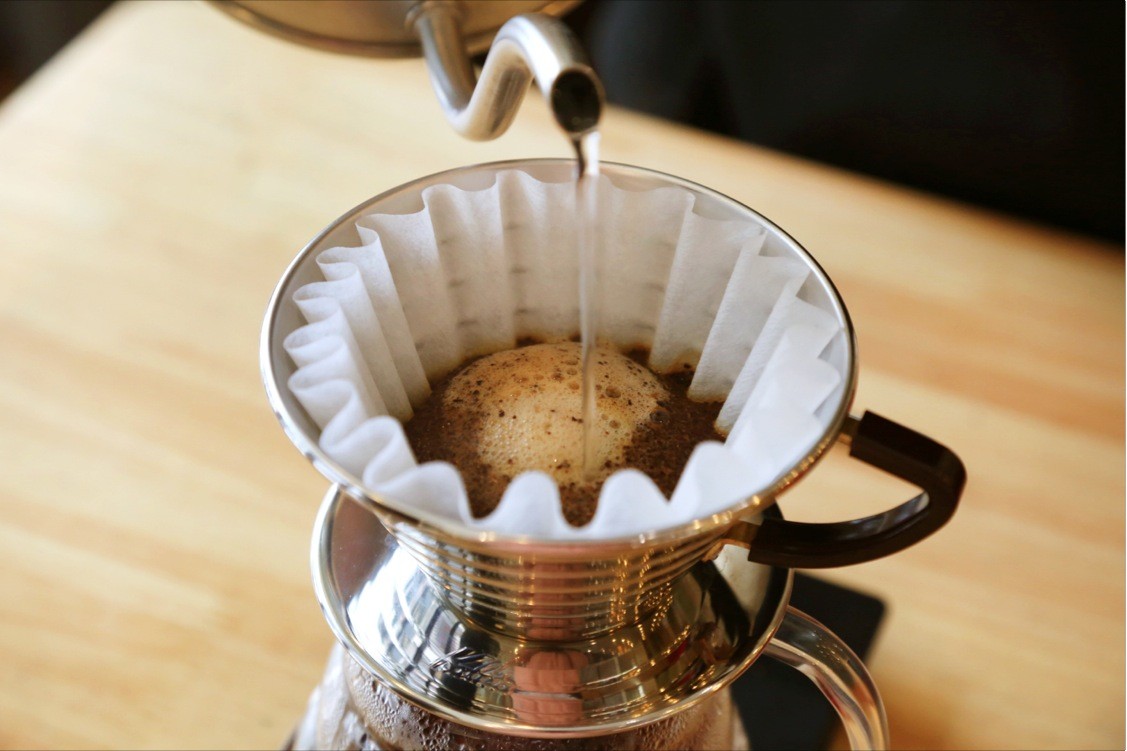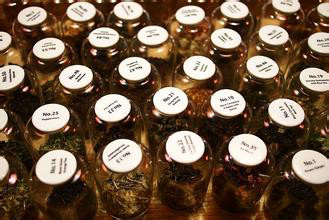The Origin of Coffee History several legends about the origin of coffee
Origin of coffee: where coffee comes from, some people think it originated from a region called Kaffa in Ethiopia, which is similar to "coffee". However, the early inhabitants of Kaffa called coffee Djimmas (pronounced "jima"), and the Arab world did not use Kaffa to represent coffee, so this is most likely a Western phonetic paraphrase. Early Arabs used to call coffee Choua, Kauhi, or Coffa. After the Turks introduced coffee from Arabia, they changed the name Qahwah(good wine) in the Middle East to Qahveh in Turkish pronunciation. Later Europeans called coffee according to this pronunciation. Italians changed Qahveh to Caffe, while English-speaking countries replaced a with the vowel o, which evolved into today's Coffee. According to historical records, the pinyin word Coffee first appeared in England in 1601 AD. All historians seem to agree that coffee was born in the Kaffa region of Ethiopia, but the first people to cultivate and consume coffee were Arabs, so the name coffee is believed to derive from the Arabic Qahwah, meaning "plant drink."
There are different accounts of coffee's origin, and the credible ones fall into two broad categories: the popular "shepherd legend" and the popular Islamic "omar sheikh legend."
Legend of Shepherd
The legend of shepherd originated from Lebanon linguist Fast Neroni, in his 1671 book "Do not know sleep monastery" records: In the 6th century AD, in the Ethiopian plateau of Africa Kaffa region (Kaffa), there is a shepherd named Kadi, to the new steppe to graze, suddenly found sheep jumping, excited abnormal, even at night also can not sleep, so ran to Abyssinia monastery for help. After investigation by the abbot and the monk, it was discovered that the goat was particularly excited by eating the red fruit on the bush; so he picked it back and boiled it into soup to drink, and it was indeed unable to sleep all night. So the abbot distributed this soup to the monks who dozed off during the evening worship, and the effect was excellent, and the refreshing medicine spread. This is the origin of coffee.

Legend of Chief Omar
The legend of Sheikh Omar is a story recounted by the Muslim Abu Dar al-Qadi in his 1587 Book of Coffee Origin. The stage for this story is in the mountains of Yemen in the thirteenth century: in 1258 Sheikh Omar, banished by his people for crimes, wandered to Wasaba, Arabia, far from his hometown of Mocha. He was hungry and tired. When he sat on the root of a tree to rest, he found a bird sitting on a branch and singing in a most pleasant voice never heard before. He looked carefully and found that the bird was pecking at the fruit on the branch before it made this wonderful cry, so he picked the fruit in that area and put it into a pot to boil it with water. Soon after, it began to emit a rich fragrance. After drinking it, it not only felt mellow and delicious, but also relieved physical and mental fatigue. Therefore, he picked many of these magical fruits and gave them soup to drink when he met patients. Because of his good deeds, the king and his old friends absolved him of his sins, invited him to return to his hometown, and praised him as a "saint."
It is now recognized that coffee originated in Ethiopia in Africa. Coffee cultivation and horticulture originated in Arabia.
Source: Network
Important Notice :
前街咖啡 FrontStreet Coffee has moved to new addredd:
FrontStreet Coffee Address: 315,Donghua East Road,GuangZhou
Tel:020 38364473
- Prev

To learn coffee, we must first understand the historical reasons of the coffee trend of the three giants.
At first, it was the delicious three-in-one instant coffee, and then it changed to the fancy coffee represented by Starbucks. Now, more and more people are beginning to accept drinking black coffee without sugar and milk to taste the pure flavor of the beans themselves. The first wave of coffee arose from instant coffee, represented by Nestl é and Maxwell, which tasted delicious and fragrant.
- Next

Explain 36 smell bottles in detail-- the taste of coffee
With regard to the 36-flavor fragrance bottle-coffee nose, I believe everyone is familiar with it as well as unfamiliar. Here I will share some of the things I have sorted out. Please forgive me if there is anything wrong. The coffee nose was divided into four groups with 9 branches in each group. Enzymatic (enzymatic group) (fruit): lemon Lemon, apple Apple, apricot Apricot (vegetable): potato Potato, cucumber Cu
Related
- What is the meaning of lactic acid fermentation with coffee bean treatment?
- How to judge the state of foam by sound?
- How does the latte pull out the unicorn pattern? Come to get for a little trick to improve the flower pull!
- Will flower pulling affect the taste of the latte?
- Do you know the history of coffee?
- The difference between honey treatment and sun washing what is raisin honey treatment?
- What kind of milk can a novice use to make coffee foam to keep the foam longer? The correct method and skills of milking tutorial sharing
- Why do washed coffee beans taste sour? Flavor characteristics of washed Coffee
- Introduction to the skill of how to practice the size and height of water injection around the circle of hand-brewed coffee
- How do beginners practice coffee flower drawing from scratch?

